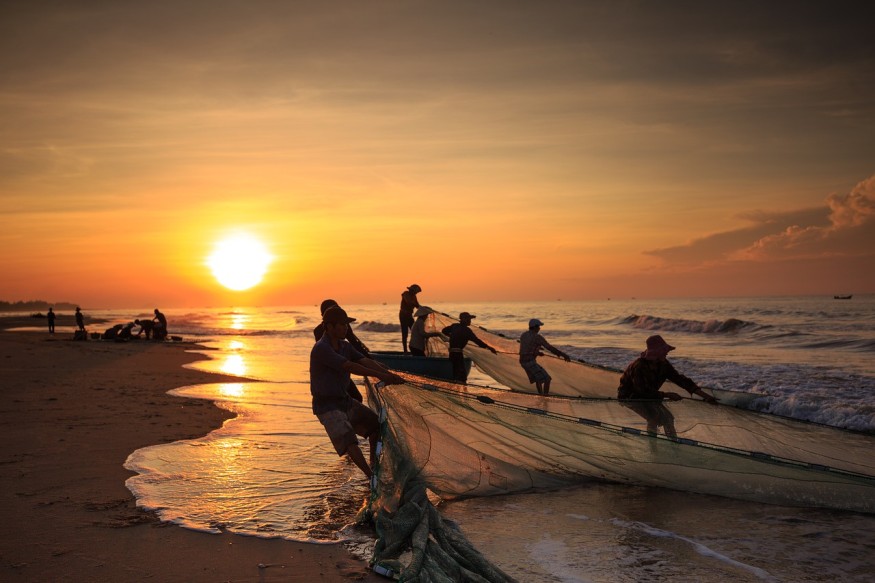Scientists have recently developed a new management tool for fisheries designed for threatened and endangered species for locations with little data to benefit both fishermen and reduce marine mammal bycatch.
This provides an essential framework for archipelagic and coastal countries where food insecurity, habitat destruction, and overfishing are becoming increasingly problematic and severe.

READ: Ocean Warming, Currents, Wind Patterns Threaten Survival of Shellfish and Other Invertebrates
Marine Mammal Bycatch
Bycatches are the accidental capture of other species not being targeted by fishermen. It has been considered a significant threat to many species, such as sharks, seabirds, and marine mammals.
Roughly 300,000 marine mammal species have been harvested from oceans worldwide every year as a fisheries bycatch. The absence of risk frameworks that can visualize and integrate data has prevented the description and quantification of the risk of bycatch in developing nations. In these countries, the small-scale fishery economic activities are vital to their developing economies.
A Look Into Map-Based Analysis
This new study was recently published in the journal PLOS One. The research combined local knowledge of experts and the engagement of stakeholders together with geospatial or map-based analyses. This is meant to highlight potential overlaps between fishing activities distribution and distribution of marine mammals, marine reptiles, and fishes. It then suggests how the scientific capability and lack of resources in developing countries can be overcome.
ByRA Management Tool
The research documented three Southeast Asian field sites where the ByRA cohesive management tool was developed to measure and map bycatches' risk in fisheries activities. It provided a clear direction for the conservation of biodiversity in the smaller-scale industry of fisheries.
The study focused on the use of marine mammals in Vietnam and Malaysia for its test cases. The ByRA application looked at geospatial analysis, the existing field surveys, and various stakeholders' participatory engagement.
Risk Assessment
The researchers devoted three years to provide a risk assessment on two marine mammal species, dugongs and dolphins, from five commonly used fishing equipment. These gears are the hook and line, fishnets, pots & traps, trawls, and longlines.
The researchers also accounted for and characterized the data's uncertainty by outlining all sites' steps to improve quality with time and anticipate the areas at risk that need further evaluation and monitoring.
The risk maps produced by ByRA showed the interaction patterns of fishing equipment that positively impact marine mammals through the systematic screening of coastal and estuarine areas totaling over 10,000 square kilometers.
The study found that 8% of this area has a high bycatch risk, even while letting the number of fishing sectors with traditional and economic importance be sustainably expanded.
What does this mean?
According to Gregory Verutes, lead study author, the fisheries bycatch in many nations is inadequately regulated and monitored. Its impacts on the populations of marine mammals are poorly understood. With this tool, even if few data exist, bycatches' temporal and spatial patterns can still be identified.
He says that this provides new insights for coastal managers and the fisheries sector to synthesize and leverage information to support management plans that can build a sustainable fisheries industry and lessen risks of marine mammal bycatch.
READ NEXT: Invasive Blue Crab Species Wrecks Livelihood of Fishermen in Albania
Check out more news and information on Marine Mammals on Nature World News.
© 2025 NatureWorldNews.com All rights reserved. Do not reproduce without permission.





